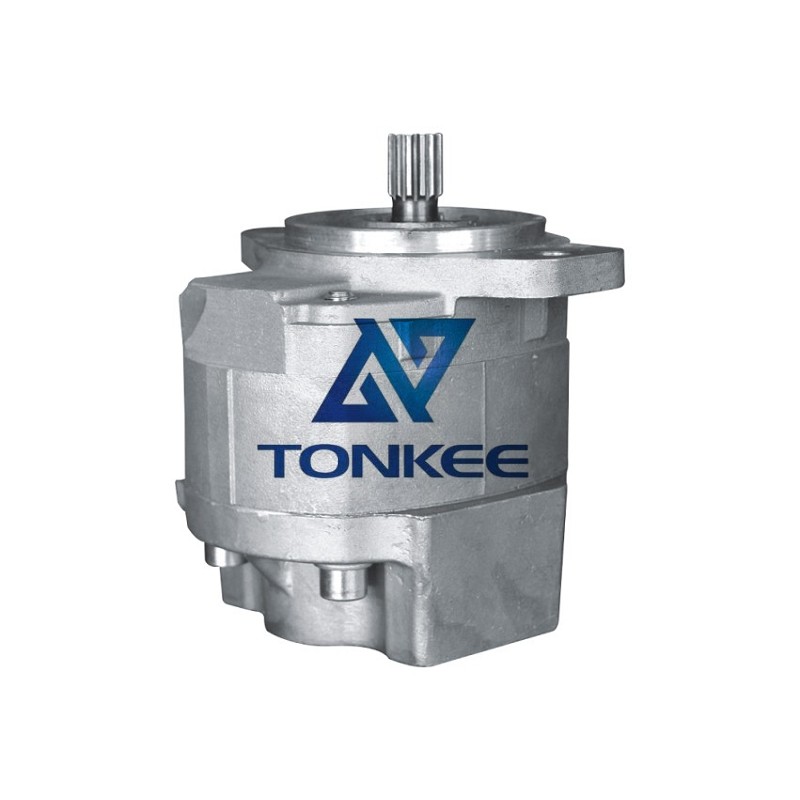
The D41-3 gear pump is known for its high efficiency and excellent reliability.
It is designed to deliver a consistent flow of hydraulic fluid, ensuring smooth and precise operation of the associated machinery or equipment. The pump is capable of handling various types of hydraulic fluids, including oils, emulsions, and synthetic fluids, making it versatile for different applications.
One of the key features of the D41-3 gear pump is its compact size and lightweight design. This makes it easy to install in tight spaces or mobile applications, where space is limited. Despite its small size, the pump delivers exceptional performance, making it an ideal choice for applications that require both power and efficiency.
The D41-3 gear pump operates based on the principle of positive displacement. It consists of two meshing gears that create a vacuum at the inlet side, allowing the hydraulic fluid to be drawn into the pump. As the gears rotate, the fluid is trapped between the gear teeth and carried to the outlet side of the pump, where it is then discharged under pressure. This mechanism ensures a steady and continuous flow of hydraulic fluid, resulting in smooth and precise operation.
The pump is constructed with high-quality materials, such as hardened steel gears and a durable cast iron housing.
This ensures the pump's durability and long service life, even in demanding operating conditions. The gear pump is also designed to withstand high pressures and temperatures, making it suitable for applications that require heavy-duty performance.
In terms of specifications, the D41-3 gear pump 705-12-32010 has a maximum operating pressure of X units and a maximum flow rate of Y units per minute. The pump is driven by an external power source, such as an electric motor or an internal combustion engine, which provides the necessary rotational force for the gears to operate.
The pump is equipped with various features to enhance its performance and usability. These may include pressure relief valves, which protect the pump from excessive pressure and prevent damage, as well as integrated bypass valves that allow for smooth and controlled fluid flow during start-up and shutdown.



 English
English Türkçe
Türkçe


